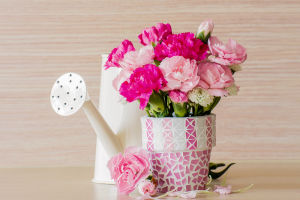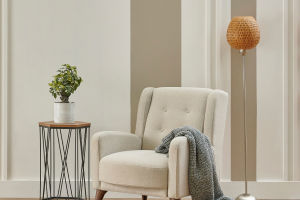With the fast pace of modern life and the continuous evolution of social culture, bathroom design, and equipment selection are also constantly changing.
In the past, bathtubs were considered one of the standard features of the bathroom, but now more and more people are choosing not to install bathtubs.
The reasons behind this trend deserve a closer look. This article will start with the advantages and disadvantages of bathtubs and analyze why more and more people prefer not to install bathtubs.
1. Advantages:
a. Relaxation and Soothing Experience:
Bathtubs offer a unique relaxing experience. By soaking in warm water, one can relieve stress, stretch muscles, and enjoy some peaceful time. Especially for people who have had a tiring day, taking a bath is a unique way to relax and help improve sleep quality.
b. Family Bonding:
The bathtub is not only a place for personal relaxation but also a space for communication and interaction between family members. Parents can bathe with their children to enhance the parent-child relationship and create a warm family atmosphere.
c. Aesthetic Appeal:
In bathroom design, bathtubs are often regarded as one of the decorative elements, with certain artistic and decorative effects. Their presence can enhance the visual appeal of the entire bathroom and create a comfortable and elegant atmosphere.
2. Disadvantages:
a. Space Consumption:
Bathtubs usually require a large amount of space to install, which may cause a waste of space in bathrooms with limited space. Especially in urban living environments, space is considered a precious resource, so many people choose to give up bathtubs to save space.
b. Water Resource Consumption:
Compared to showering, bathing requires more water. As awareness of water conservation increases, some people may choose to reduce the frequency of bathing or abandon the bathtub completely for environmental reasons and choose showers instead to reduce water consumption.
c. Cleaning Difficulty:
Cleaning a bathtub is relatively tedious, especially since water stains, grease, and other dirt may be left behind after use, requiring a certain amount of time and energy to clean. In contrast, shower areas are easier to clean and maintain, reducing the burden of cleaning.
d. Safety Hazards:
Slippery conditions in bathtubs can increase the risk of slips, especially for seniors and people with limited mobility. In contrast, shower areas are usually designed with anti-slip measures, making them safer and more reliable.
3. Conclusion:
In general, the choice to give up the bathtub is mainly affected by various factors such as personal lifestyle, family needs, space constraints, and environmental awareness.
For some, a bathtub remains a comfortable way to relax, while for others, a shower is more practical and convenient. In bathroom design, people often make choices based on their actual needs and preferences.
Some people may choose to keep the bathtub, while others choose to give it up. Therefore, whether you keep the tub or give it up is a rational choice based on personal needs and preferences.


